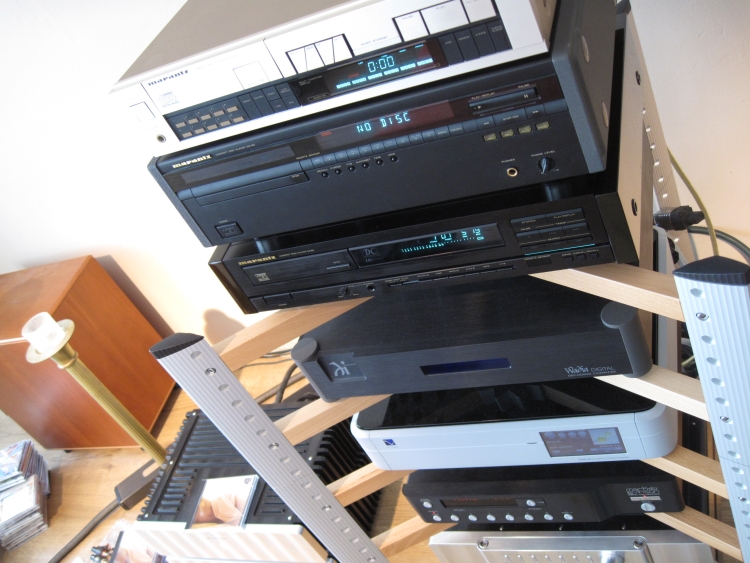
Timeline overview of the most interesting classic Marantz CD players
The years are quite close but in some cases, they are approximations, not exact introduction dates.
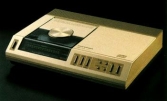
CD63
1982
CDM0/CDM1
TDA1540
TDA1540
Marantz version of the Philips CD100 which was the very first commercial cd player.

CD73
1982
CDM1
TDA1540
TDA1540
A real cult classic
CD34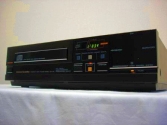

1984
CDM1
TDA1540
TDA1540
Marantz version of the Philips CD104
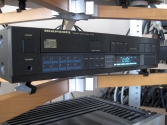 CD84
CD841984
CDM1
TDA1540
TDA1540
Almost identical to the CD74 but with IR Remote.
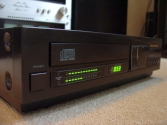 CD54
CD541985
CDM-1
2 x TDA1540
2 x TDA1540
Derivate from or alternative to the CD34, which is based on the Philips CD104
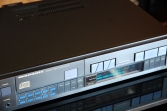 CD84MKII
CD84MKII1985
CDM1
TDA1540
TDA1540
Rare version of the CD84 with digital output.
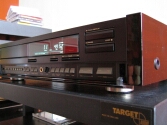 CD94 (MK1)
CD94 (MK1)1986
CDM1
TDA1541
Practically just as good as the MKII version, while technically indeed more accurate, the audible difference is probably largely explained because there are two DACs working together instead of just one.
 CD94MKII
CD94MKII1986
CDM1 (specially selected version)
2 x TDA1541A-S1 (Single Crown)
Announced as a much improved version over tyhe MKI, the MKII is much the same machine, only with 2 DAC chips (of higher precision) instead of one (of lower precision).
Announced as a much improved version over tyhe MKI, the MKII is much the same machine, only with 2 DAC chips (of higher precision) instead of one (of lower precision).
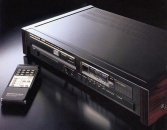 CD75
CD751987
CDM2/160
or CDM4/25
TDA1541
 CD94 Limited
CD94 Limited1988
CDM1
TDA1541
Wooden cheeks instead of the usual diecast aluminum cheeks with other champagne-coloured players.
 CD95
CD951988
CDM-1
2 x TDA1541A-S1 (Single Crown)
Improved CD94 with 2 TDA1541S1 DACs and alu sidepanels. Difference from CD94MKII unknown.
 CD95DR
CD95DR1988
CDM-1
Drive-only version of the CD95: no dacs on board but 2 digital coaxial outputs.
 CD99SE
CD99SE1988
CDM-1
Improved version of the CD95 (but in what way is unknown to me).
 CD99DR
CD99DR1988
CDM-1
Drive only version of the CD99SE (no analog outputs).
 CD99SE Limited Edition
CD99SE Limited Edition1988
CDM-1
Special version of the CD99SE (but in what way is unknown to me).
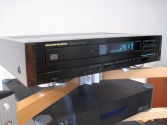 CD85
CD851989
CDM1MKII
TDA1541S1
Simplified build inside compared to CD94 but transport-wise (digital out) still very good.
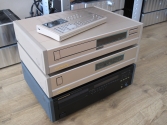 CD12/DA12 LE
CD12/DA12 LE1989
CDM1
TDA1541S1
I’m unsure about the technical difference between CD12 and CD12LE. The frontpanel displays do differ: lighter blue and simpler/clearer on the LE. Apparently even today still one of Ken Kessler’s favourites for its shimmer and near-analogueness, albeit reportedly he used a special KI-tweaked version.
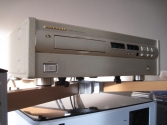 CD11
CD111989
CDM4MD
SAA7321
Successor to the CD12LE. Picture is of CD11LE. The original CD11 may look slightly different.

CD11LE
1989
CDM4MD
2 x TDA1547 (DAC7)
Due to bad reception of the original, updated quickly and successfully by Ken Ishiwata.
 CD60
CD601989
CDM4/19
TDA1541A
 CD72
CD721989
CDM4/19
SAA7350 (Bitstream)
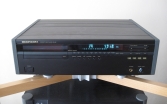 CD80
CD801990
CDM1MKII
2x TDA1541S1
Successor to the CD94MKII but different circuitboard layout and a different sound.
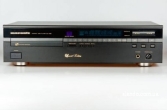 CD72SE
CD72SE1990
CDM-4/19
SAA7350
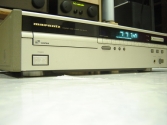 CD72MKII
CD72MKII1990
CDM4/19
or CDM4/19
TDA1547
 CD72MKII SE
CD72MKII SE1992
CDM4/19 or CDM4/19
TDA1547 (HDAM)
 CD10
CD101992
CDM4/D36
TDA1547
Sort of CD11-lite: no copper chassis, no balanced outputs, no torodial transformer. According to German Stereoplay still very smooth but less powerful, as well as more diffuse than the CD11.
 CD15
CD151992
CDM4MD
TDA1547
Can be regarded as a CD16 with balanced outputs and better build.
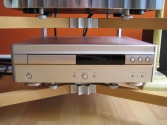 CD16
CD161993
CDM-4/36 Metallic
2 x TDA1547
Very smooth sounding- and operating player
 CD16 SE
CD16 SE1993
CDM-4/36 Metallic
2 x TDA1547
Toroidal transformer, FL display noise filter and new HDAM style modules
 CD16 Exclusive
CD16 Exclusive1993
CDM-4/36 Metallic
2 x TDA1547
Rainer Finck tweaked version for the German market. Very limited (300pc) edition. Soundwise a large step up from the standard CD16. Germany Magazine Audio was surprised to find that the CD16 Exclusive actually beat the former class champion Sony XA50ES.
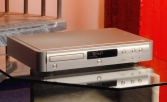 CD17
CD171994
CDM12.1
TDA1547
1994
CDM12.1
TDA1547
Like CD17 but with digital inputs
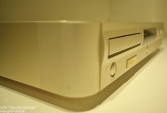 CD17KI
CD17KI1995
CDM12.1
1 x TDA1547
1996
VAM1201
TDA1547
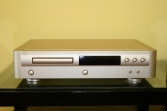 CD14
CD141998
CDM12.4
2 x TDA1547
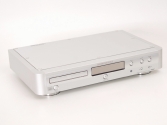 CD17MKIII
CD17MKIII1999
VAM1201
2 x PCM1716E
Deviation from the classic DACs
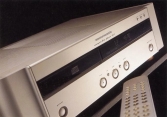 CD7
CD72000
CD-Pro (VAU1252)
2 x TDA1541A-S2 (Double Crown) + DSP
The last Marantz player with (some) classic components. Sadly the swing arm mech is gone but used here once more is the TDA1541 Golden Crown DAC (a long time after it was superseded by bitstream alternatives), but this time with digital filtering in DSP.
Read Also
The almost Complete CDM range of CD Mechanisms
Classic Philips and Marantz CD players compared
Inside Pics of classic Philips and Marantz CD players
Marantz CD player DAC, chipset and Transport List
Philips CD player, DAC, Filter, Decoder, DOBM and Transport List
Philips timeline
CD Mechanism Masterpieces
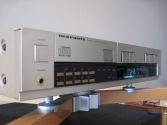 CD74
CD74 CD12/DA12
CD12/DA12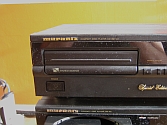 CD52MKII
CD52MKII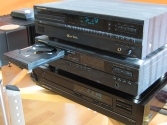 CD40
CD40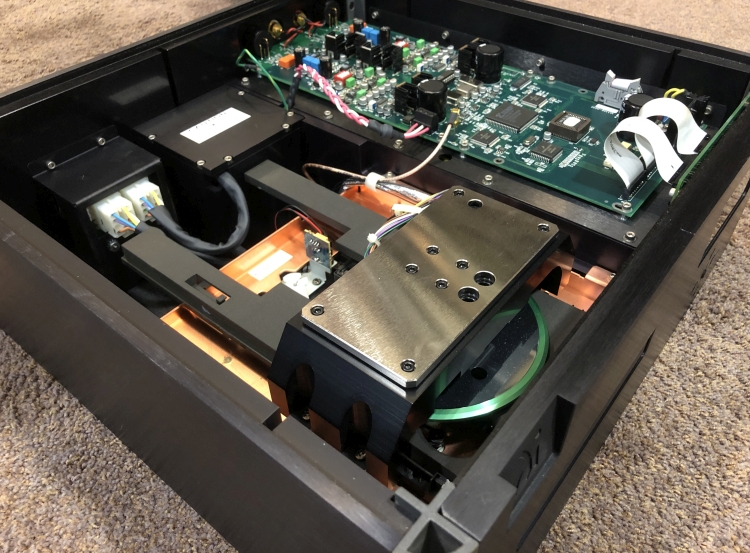
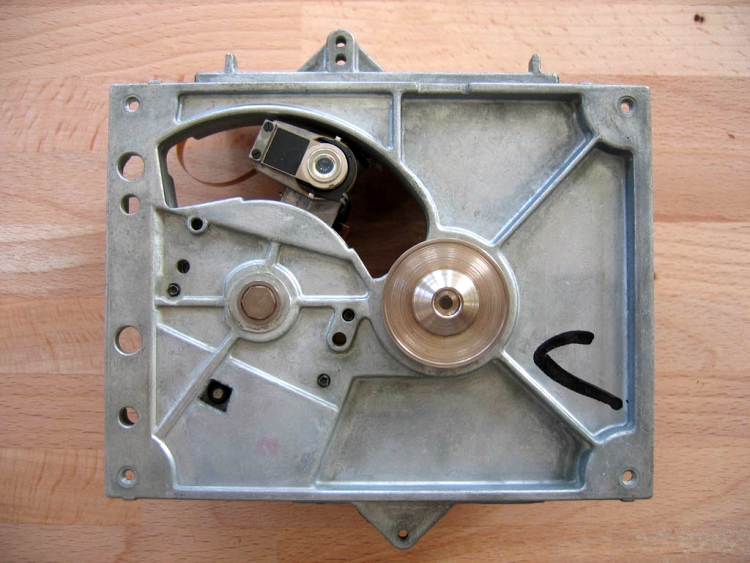
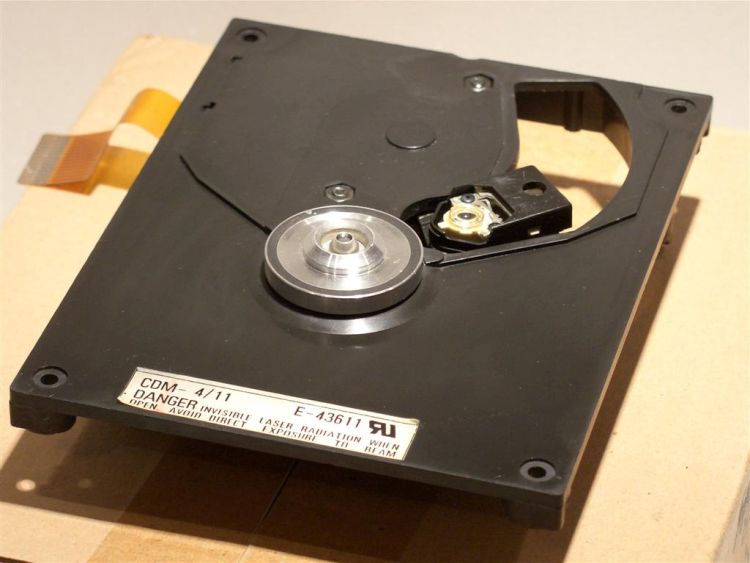
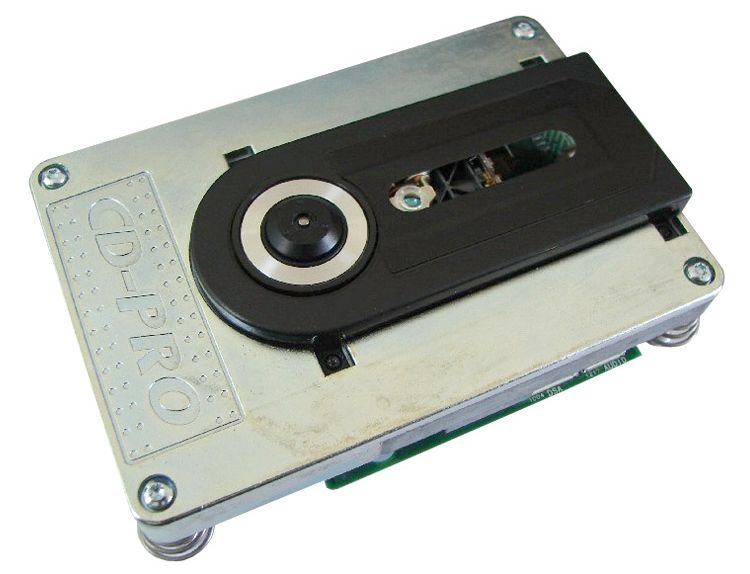
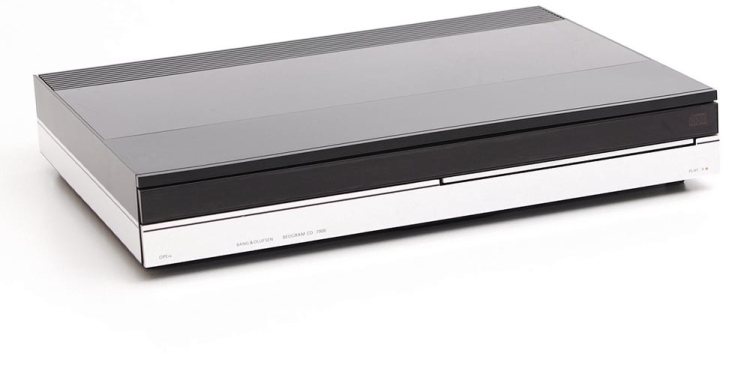
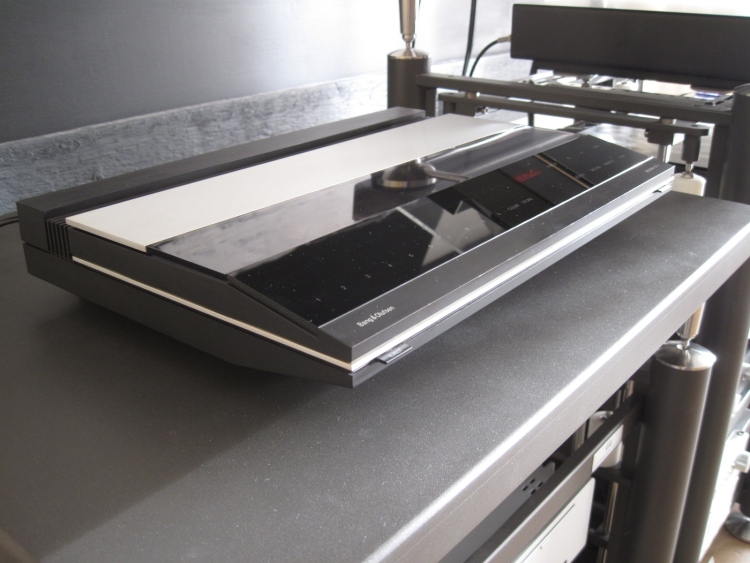
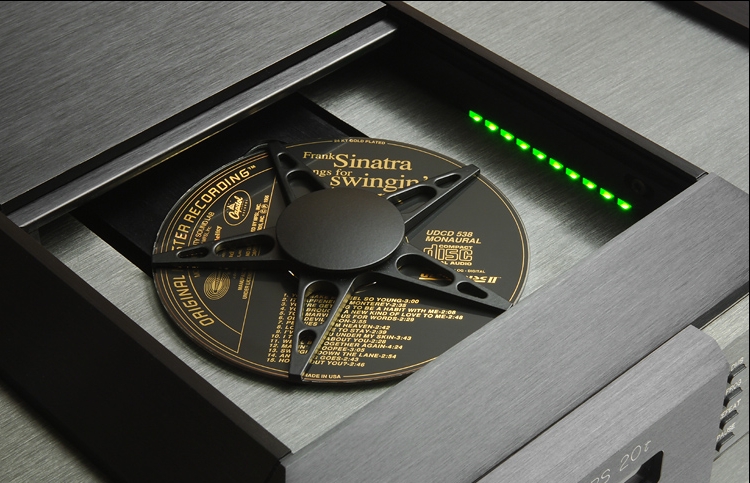
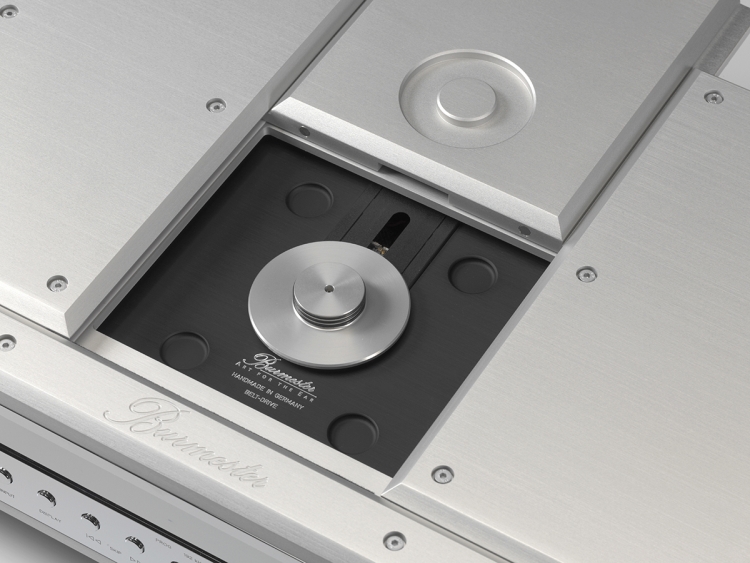
Shame this stops at year 2000.
Well, it is an overview of Classics, not a complete overview. Also I would not know of any noteworthy players introduced after the CD7 that can be called “classic” although the SA1 now springs to mind, and perhaps the SA7.
My first ever CD player was a Marantz CD60SE… seems to be missing from this list. Not sufficiently different to the Marantz CD60?
This list is not 100% complete. The title does say “the most interesting…”;-) For a much more complete overview of the Marantz players, see the Marantz CD Player, chipset, and Transport list. BTW, thanks to your comment, I noticed that a few links under this article were not working. They have now been mended.